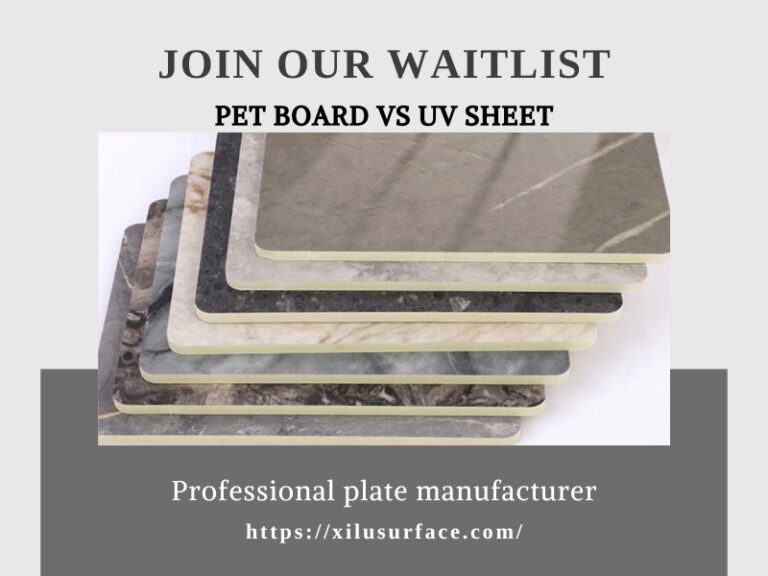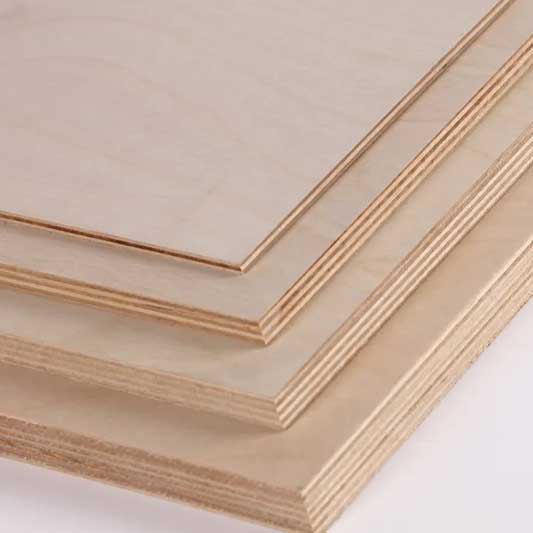- PET Board VS UV Sheet
- What do EVA, PUR, Laser, ABS, PVC Mean?
- China HPL sheets manufacturers & suppliers
- Where to Buy HDF Sheet?
- Particle board suppliers
Melamine Board: The Smart, Budget-Friendly Choice for Your Kitchen or Bath Remodel
Planning a kitchen or bathroom upgrade? Looking for stylish and functional shelving solutions? The world of building materials can be overwhelming, especially when you’re working with a tight budget. But here’s the good news: you don’t have to choose between cost, quality, and style. If you’re searching for a durable, great-looking alternative to solid wood that won’t break the bank, melamine board could be your perfect answer.
What is Melamine Board?
In essence, melamine is a specific and highly durable type of laminate. It all starts with melamine resin, an organic compound that is polymerized into a hard, plastic-like surface. This material is then fused under high heat and pressure (typically 300-500 psi, classifying it as a Low-Pressure Laminate or LPL) onto a core substrate.
This substrate is usually particleboard, MDF (Medium-Density Fiberboard), or plywood. The result is a versatile panel that combines the stability of an engineered wood core with the rugged, ready-to-use finish of melamine. It’s available in a vast array of colors, patterns—including incredibly realistic wood grains—sizes, and thicknesses to suit any project.
Why Choose Melamine? The Key Advantages
Wondering if melamine board is the right fit for you? Consider these significant benefits:
- Exceptional Durability: The surface is highly resistant to scratches, stains, and moisture. It’s also incredibly easy to clean—a simple wipe-down is often all it needs, making it ideal for busy kitchens and bathrooms.
- Ready-to-Use Finish: Forget the messy and time-consuming steps of sanding, staining, or sealing. Melamine panels come pre-finished from the factory, saving you significant time and effort on your project.
- Cost-Effective Solution: This is one of melamine’s biggest draws. It delivers the upscale look of high-end materials for a fraction of the cost, offering outstanding value without sacrificing quality or appearance.
- Design Versatility: With an almost endless selection of solid colors, patterns, and wood-grain textures, melamine provides the flexibility to achieve any design aesthetic, from modern minimalist to rustic farmhouse.
Important Considerations
Like any material, melamine has its considerations. Being aware of them will ensure a successful project:
- Core Vulnerability: While the melamine surface is waterproof, the core substrate (especially particleboard) is susceptible to swelling if water penetrates through seams or unsealed edges. Proper sealing is key in wet areas.
- Edge Treatment: The raw edges of cut melamine boards require finishing. Applying matching edge banding is a crucial step to protect the core, achieve a professional look, and enhance durability.
- Careful Handling & Installation: The surface is hard and can be prone to chipping if cut with improper tools. Precise installation is necessary to avoid damaging the brittle edges.
Where to Use Melamine Board
So, what is melamine board best used for? Its versatility is impressive:
- Kitchen & Bathroom Cabinetry: A hugely popular choice for built-in and modular cabinets due to its durability and ease of maintenance.
- Shelving & Closet Systems: Provides a clean, sturdy, and affordable solution for closets, pantry shelves, and bookcases.
- Office & Commercial Furniture: Widely used in desks, reception counters, and retail display units.
- Other Applications: Also great for wall paneling, entertainment centers, and lightweight doors.
By giving an affordable engineered wood core a tough and attractive face, melamine has become a go-to material for homeowners and builders alike. It’s the smart, wallet-friendly solution for achieving a high-end look with long-lasting performance.




